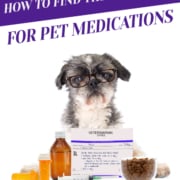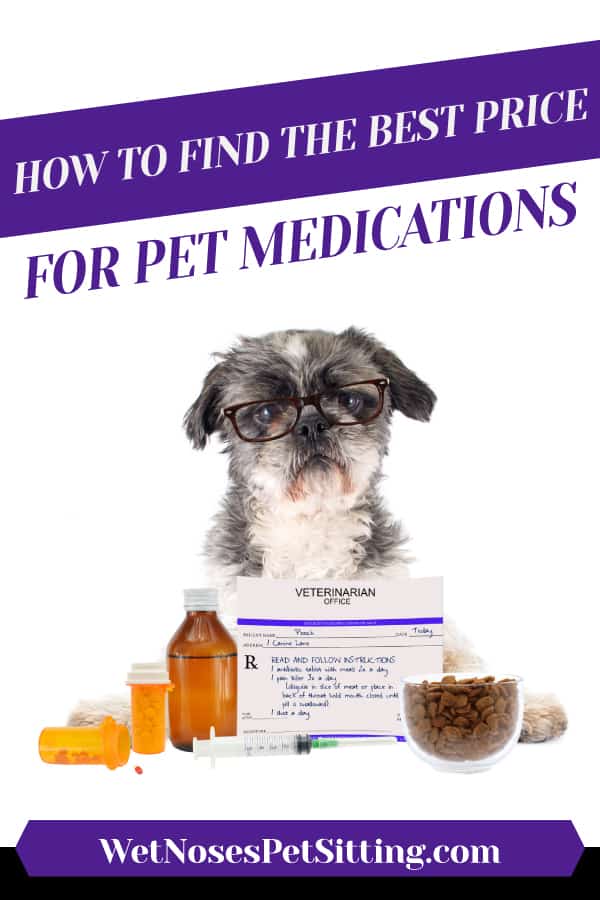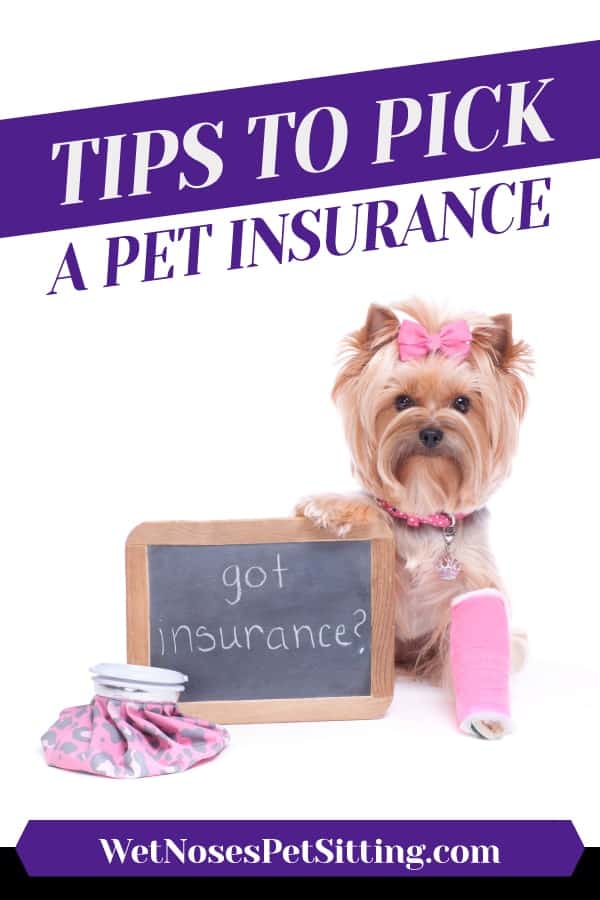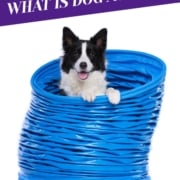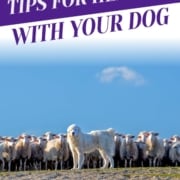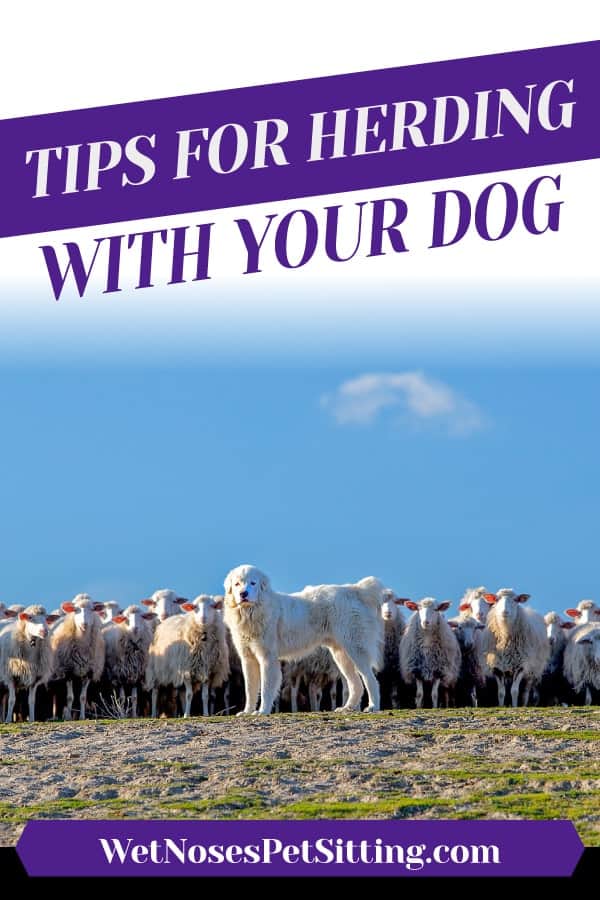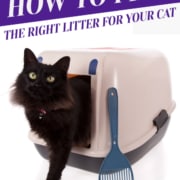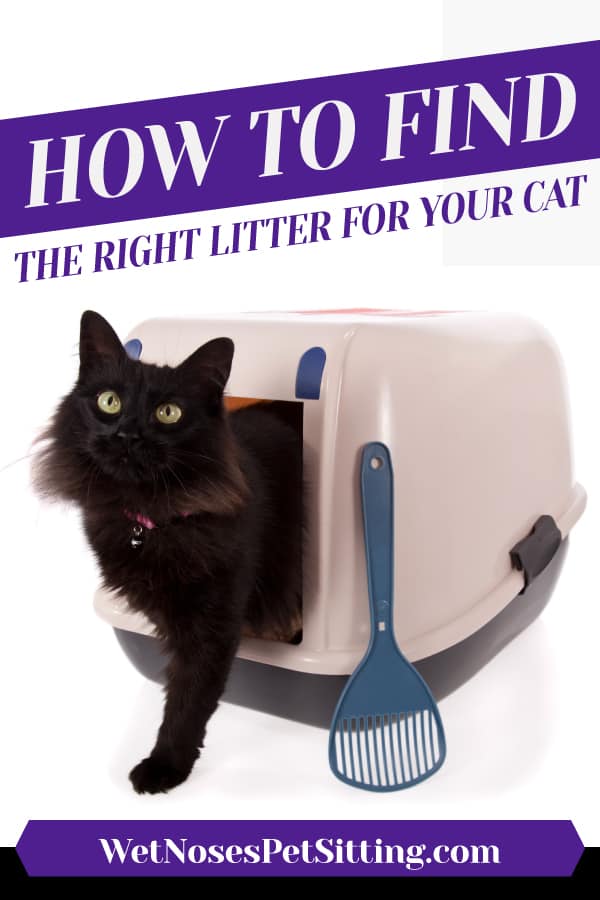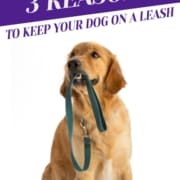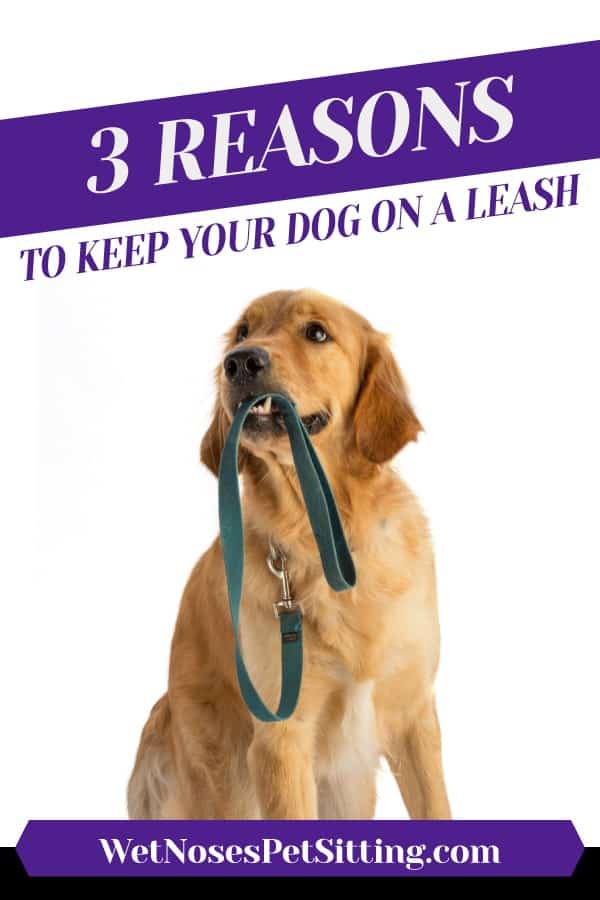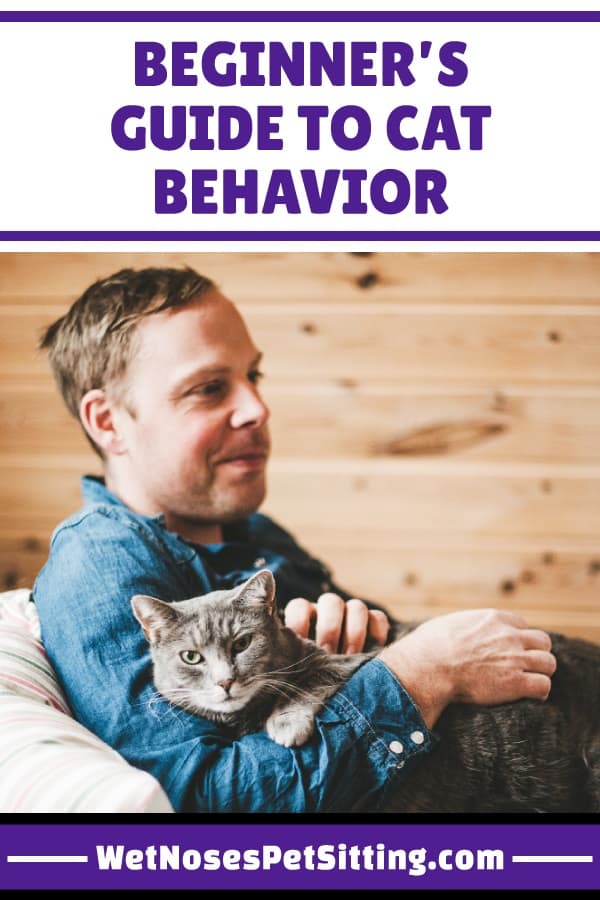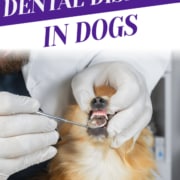How to Find the Best Price for Pet Medications
Owning a pet is a rewarding but costly commitment. Veterinary care can be expensive and the medications used for treatments can really add up. In most cases buying the medication directly from your vet (if they carry it) is the most expensive option. However there are some good options to cut pet medication costs while getting the same quality medication.These options include human pharmacies, online pharmacies and compounding pharmacies. Check out these tips on how to find the best price for pet medications.
Human Pharmacies
Many pet medications are human medications in different doses. I have had good luck with the King Soopers pharmacy, Walmart pharmacy and Costco pharmacy for pet medications. As a bonus Costco pharmacies usually carry pet specific medications like Frontline and Heartguard. When trying to find a medication at a human pharmacy make sure that they can give you a dose small enough for your pet. Check out GoodRx( http://www.goodrx.com/), this is a site that compares prices of a certian medication at pharmaices in your area.
Pros:
- Prescriptions can be filled the same day (usually)
- They are generally cheaper than the vet’s office
- Some have membership deals
Cons:
- The dose you need may not be available
- Only human medications are carried
Online Pet Pharmacies
There are over 20 online pet pharmacies that you can order from today, but not all are safe. Many of these fake or non-accredited pharmacies will provide expired medication, incorrect doses or the incorrect medication. These can all have negative consequences on your pet’s health. The National Association of Boards of Pharmacy has a list of certified and trusted online pharmacies to use (http://www.awarerx.org/get-informed/safe-acquisition/recommended-vet-vipps-online-pharmacies). Most of the time your vet will have you fill out a liability form before they will send prescriptions to an online pharmacy. This works if you have a pet with a chronic condition (like hypothyroidism) and are good at planning ahead.
Pros:
- Usually the cheapest option
- Medication is made specifically for pets
Cons:
- Medication needs to be shipped after it is ordered ( there is a delay)
- Requires planning ahead
- Temperature sensitive medications could go bad in the mail
Compounding
Compounding is done at special pharmacies called compounding pharmacies. They create medications at specific doses and in specific mediums. Many pet parents need drugs compounded when the dose they need is smaller than what is commonly offered.
Pros:
- Specific dose to what your pet needs
- More limited ingredients
Cons:
- More expensive
- Compounding pharmacies can be hard to find
Finding inexpensive, effective and safe pet medications can be a challenge, but with the help of these tips it should be a breeze. Once you have gotten the medication you get to move on to the fun part, administering the medication to your pet. Don’t worry though, your Sidehill Sitter is a pro at giving medication to pets!

